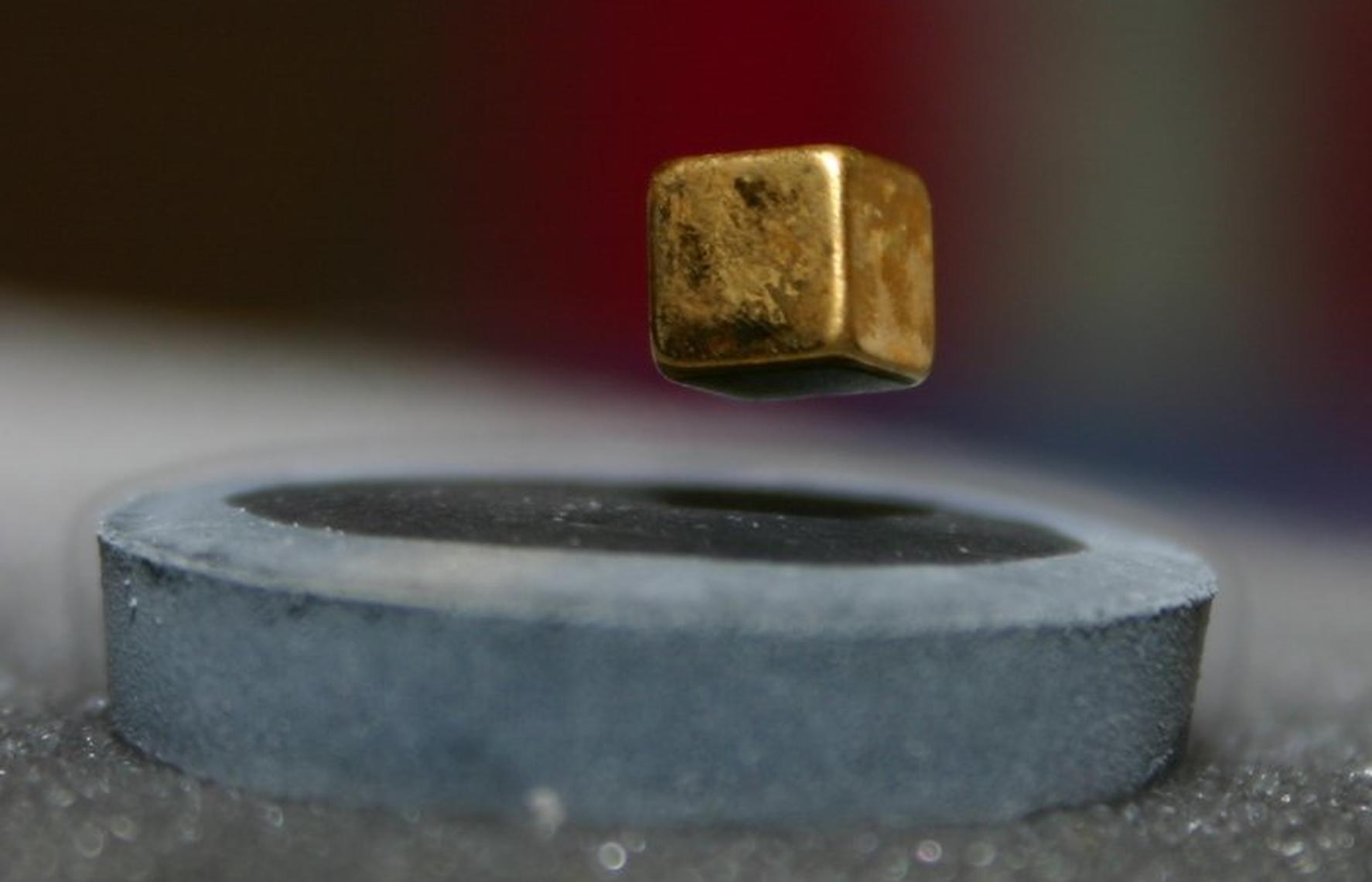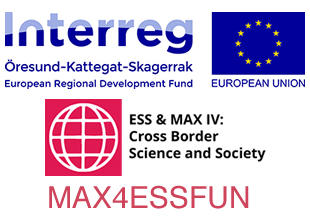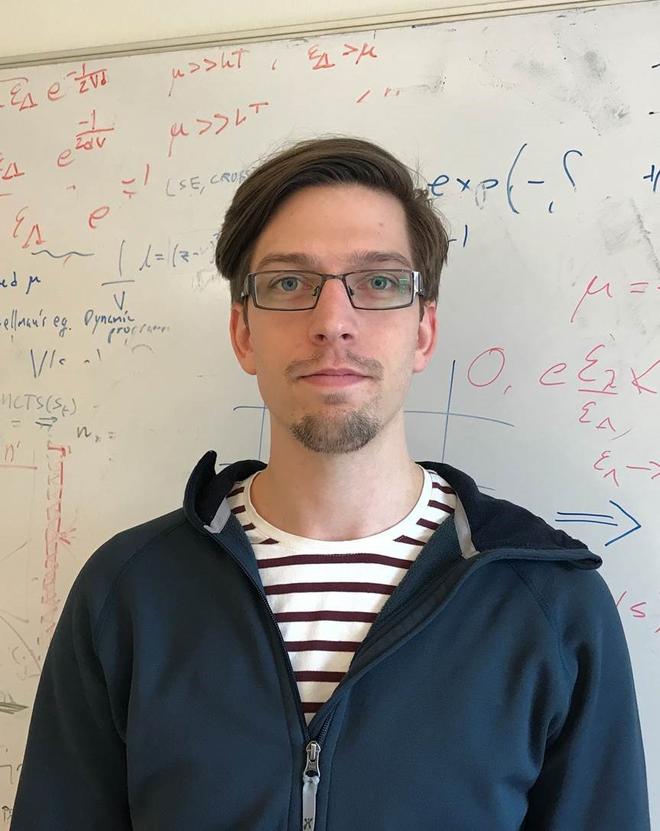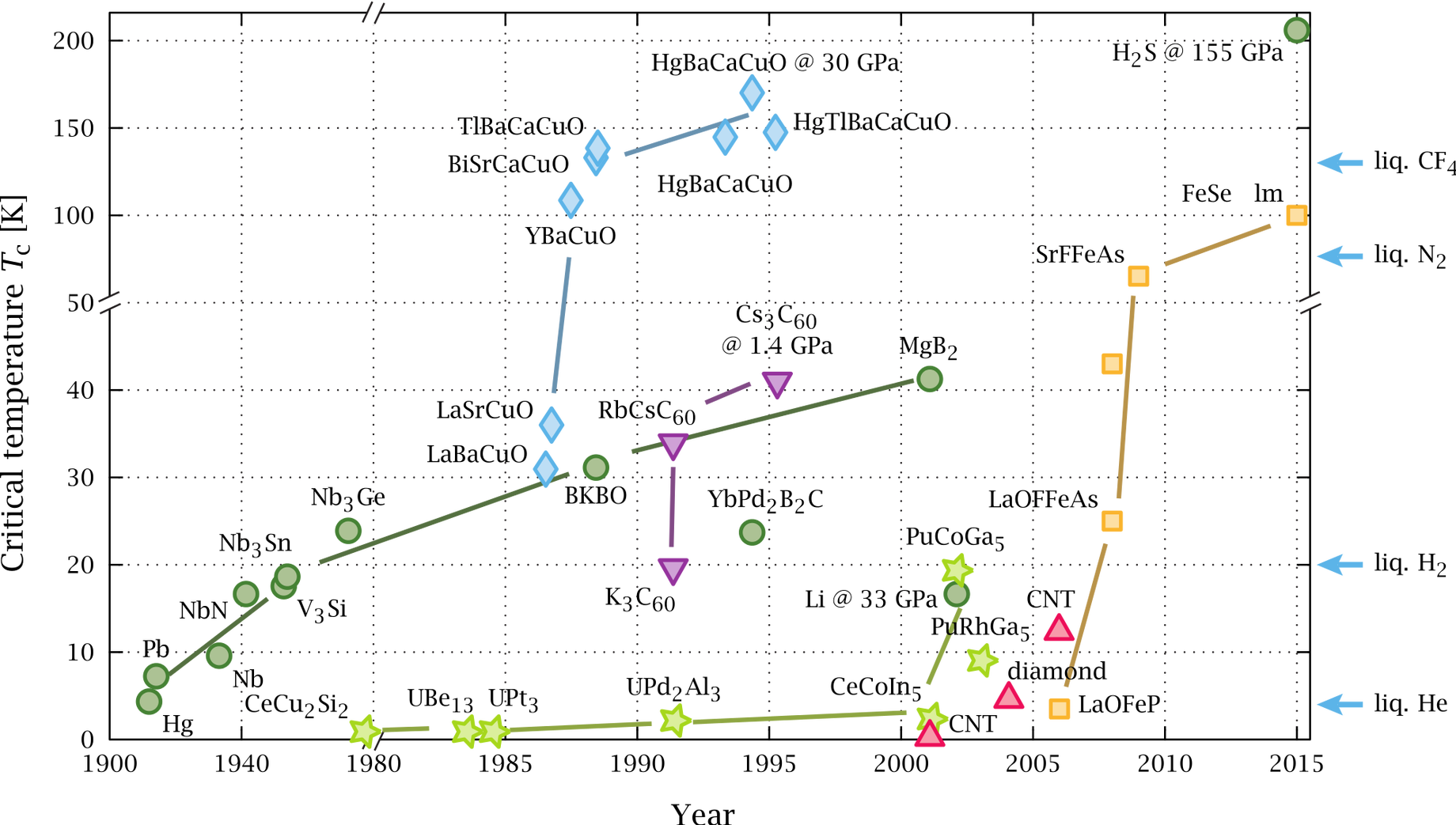
MAX4ESSFUN interviews Jonatan Wårdh of the University of Gothenburg on his collaboration with colleagues at Chalmers University of Technology and the Niels Bohr Institute. The team is working to establish a theoretical framework for the investigation of high-temperature superconductors.
GOTHENBURG and COPENHAGEN—Advances in neutron diffraction and spectroscopy techniques and instruments will be essential to the advancement of research toward high-temperature superconductors. The European Spallation Source (ESS) is building several instruments that are designed to contribute to this very active area of scientific and industrial research.
Through his PhD work at the University of Gothenburg, and through the support of the EU's MAX4ESSFUN project, Jonatan Wårdh is helping to establish the theoretical foundations for this future research. Higher temperature superconductors have the potential to significantly advance health care technology, clean energy, transportation technology and fundamental science, research that lies at the core of the ESS scientific mission.
ESS & MAX IV: Cross Border Science and Society
Together with the European Union and a number of regional actors, ESS is helping to prepare the next generation of neutron researchers to maximise the impact of the facility’s unique capabilities, unprecedented power and world-leading scientific instruments. This is happening locally in Sweden, Denmark and Norway through engagement with the many research universities clustered in Scandinavia.
The European Union programme Interreg Öresund-Kattegat-Skagerrak (ÖKS) is providing 50 percent matching funds for the €19 million programme ESS & MAX IV: Cross Border Science and Society, begun in 2015. The three-year programme is led by Sweden’s Region Skåne and co-lead partner Region Hovedstaden, in Denmark. It includes 27 partner organisations in Sweden, Denmark and Norway, and will continue through August 2018.
The flagship Cross-Border program is the €13.6 million MAX4ESSFUN. In cooperation with ESS and the MAX IV synchrotron in Lund, MAX4ESSFUN aims to build user capacity for the two facilities by directly financing experiment projects, training, and supervision for PhD and postdoc researchers at eight universities in the ÖKS region.
The scope of the project is large, including 176 six-month-long experiment projects performed at operational neutron and light-source facilities and an educational component including courses, workshops and summer schools. Collectively, the project makes possible 1,000 months of training and 500 months of instructor time with senior researchers, including scientists at ESS.
This interview was first published in the ESS & MAX IV: Cross Border Science and Society newsletter on March 30, 2018, and has been lightly edited.
Young Scientists in MAX4ESSFUN: Jonatan Wårdh
March 30, 2018
ESS & MAX IV: Cross Border Science and Society
Young researcher: Jonatan Wårdh, University of Gothenburg
Experiment: Effects of a Supercurrent on the Magnetic Spectrum in Cuprate Superconductors with Co-Existing Magnetism
Experiment period: 2017-08-01 – 2018-01-31
Supervisor: Mats Granath, Chalmers University of Technology
Co-supervisor: Brian Møller Andersen, University of Copenhagen
Jonatan Wårdh holds an MSc in Engineering Physics from Chalmers University of Technology in Gothenburg. He is currently in his third year of doctoral studies at the department of physics at the University of Gothenburg, which closely collaborates with the physics department at Chalmers.
In his MAX4ESSFUN project, Jonatan has studied the theoretical framework of pair-density wave states (PDW) in cuprate superconductors. PDW is a kind of periodically modulated, or “striped”, superconductivity. Superconductors have an exceptional ability to conduct strong electrical currents without resistance and can for example be found in health care through magnetic resonance imaging (MRI). However, superconductivity is difficult and expensive to manage as it only emerges at very low temperatures and the material needs to be cooled down with, for instance, liquid nitrogen.
Developing a theoretical framework
Cuprate superconductors show a vast degree of different orders besides superconductivity (e.g. spin and charge orders). However, how these orders develop and their relation to superconductivity is less known and more experimental data is needed. That is why Jonatan and his supervisor, Mats Granath at the University of Gothenburg, have chosen to look at different ways to study properties of superconductivity to better understand how it works, and aim to set up a model for research in this field.
“Hopefully we will be able to design more manageable superconductors in the future—so-called high-temperature superconductors. The overarching goal is to find superconductors that emerge in room temperature,” Jonatan explains.
Previous theories on pair-density wave states have been assumptive and researchers have seen evidence for their existence and some of their properties, but do not know exactly how they develop. What is missing is basic theory and experimental data that can tell us to what extent these states exist.
“We have come a long way through our work regarding how we can increase our understanding of these materials and their properties, but there is still a lot left to do.”
Cross-border exchange with UCPH
Jonatan explains that the knowledge required for his research project at the University of Gothenburg was rather limited, and the MAX4ESSFUN-project provided a great benchmarking opportunity.
“We felt rather alone in this research at Gothenburg University, my supervisor and I. To get in contact with our Danish colleagues was very informative and strengthened our work!”
Through his co-supervisor, Brian Møller Andersen and his research team at the Niels Bohr Institute at the University of Copenhagen, Jonatan could draw on the Danish expertise in this research field and gain new insights. Jonatan travelled to Copenhagen in June and in December and the Danish co-supervisor was thereafter involved in the project via continuous e-mail contact. During his time in Denmark Jonatan had the opportunity to discuss his work with Brian and learn from several other researchers at the university as well. The collaboration with the University of Copenhagen has proven to be quite fruitful and Jonatan thinks that it will continue in the future.
“Cooperation is important for research progress and given the tough competition in the research community, collaboration in Scandinavia is essential,” Jonatan points out.
Future plans in Scandinavia
Jonatan mainly works as a theorist and has therefore not been doing experimental work through the MAX4ESSFUN-project. He notes that this is an exciting area of research and could imagine working with experimental research in the future.
“The establishment of the European Spallation Source and MAX IV in Sweden strengthens the whole of Scandinavia as a centre for this type of research project. I would very much like to live in Scandinavia in the future and therefore it is especially great that these research facilities enable such research here as well!”
Jonatan Wårdh is in his third year of doctoral studies at the department of physics at the University of Gothenburg
Text and interview: Thomas Nilsson, Region Skåne



























